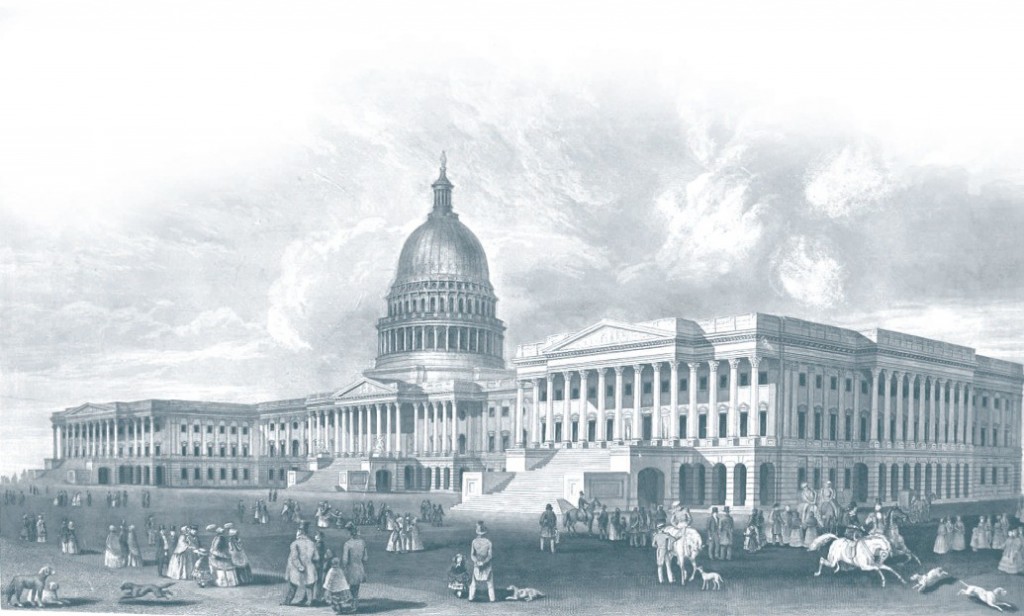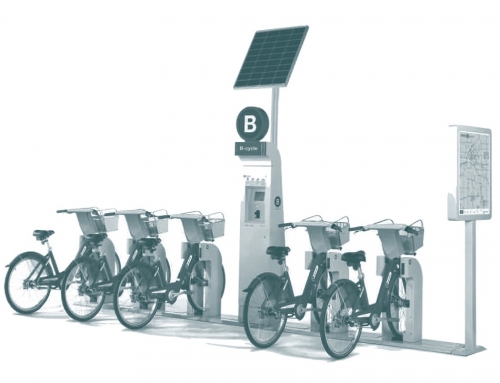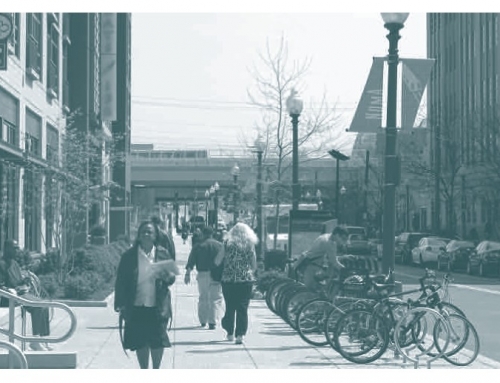With political polarization hindering progress in public policy and meaningful engagement at all levels of government, now is a good time to reflect on how we run public participation processes. How do legislative requirements—like those for the regional planning process in California—help or hinder meaningful public engagement? What are the biggest challenges and opportunities for improving public engagement?
Public process design is critical when participants are ideologically divided and do not trust each other or the public agencies in charge. In these cases, it is important to seek common ground. For example, all participants in a process may not agree on whether climate change exists, but they might agree that electric and hybrid vehicles should pay their fair share of road costs. They may not be able to agree on whether high-density development is beneficial, but they could pursue joint fact-finding to assess its effects on property rights, property values, and public services like schools, police and fire departments.
In the course of my research on contested planning issues in the San Francisco Bay Area and Atlanta, Georgia, surprising areas of convergence emerged. These convergences arose despite staunch disagreement over which transportation, housing, and land use strategies would support prosperity in the region. In the Bay Area, the Metropolitan Transportation Commission and the Association of Bay Area Governments held meetings aimed at developing the region’s first Sustainable Communities Plan, known as Plan Bay Area. Tea Party and property rights activists came in force to block these meetings and were not alone in their opposition. Plaintiffs from across the political spectrum filed four lawsuits against the plan: two lawsuits had connections to Tea Party and property rights activists; one was brought by the building industry; and one was filed by environmental organizations. In the progressive left stronghold of Marin County, citizens not affiliated with Tea Party or property rights groups also strongly opposed the regional plan, which allowed cities to access regional funds if they adopted higher density development areas.
We wouldn’t ship a package long distance in crumpled wrapping paper and fraying tape. Likewise, we need solid community negotiations to keep plans from coming apart.
In Atlanta, Tea Party and property rights activists led the opposition to a 2012 regional sales tax proposal. The measure would have dedicated half of the new tax revenue to public transit projects. A loose, unexpected coalition of strange bedfellows emerged: Sierra Club and NAACP leaders joined the opposition, in part because they felt the proposed transit projects were not the ones the area needed. Although it is hard to say what effect the coalition had on the measure, the tax measure failed decisively with 63 percent of votes in opposition.
Points of Convergence
When examining the two contentious regions, I found four points of convergence between conservative activists and planning scholars, largely over transportation policy and process. These convergences warrant planners’ attention because they unite participants coming from different vantage points.
First, the most surprising area of agreement was in Atlanta, over a vehicle-miles-traveled (VMT) fee. Some conservative activists supported this fee as a replacement for the gas tax if major administrative and privacy challenges were overcome. Like researchers who argue for fees based on VMT, conservative activists are concerned that drivers of electric and hybrid vehicles are not paying their full share of transportation system costs. Progressives often advocate for this fee transition as well, but with the hope that funding could be directed to transit, bicycle, and pedestrian projects.
Second, conservative activists in both the Bay Area and Atlanta questioned the wisdom of running costly rail lines in low-density areas. Here again, they align with researchers who caution that mass transit needs a sufficient density of residents and jobs to generate significant transit ridership. These conservatives, researchers, and progressives also viewed Bus Rapid Transit service as a viable lower-cost option, particularly in areas that do not have the density to support rail. Thus, while we may think that conservative activists oppose transit outright, those I interviewed offered a more nuanced understanding. Like researchers, they looked to development densities for ridership generation and found it important in weighing project costs.
Third, conservative activists in both regions questioned the authenticity of the planning process, suggesting that planners merely went through the motions to arrive at a predetermined outcome. The involved planners likewise questioned the conservative activists’ motivations and actions. Corroborating this skepticism, planning scholars and progressive activists have debated for decades whether large-scale planning processes with public meetings and hearings are meaningful formats for gaining genuine public input.
Fourth, in Atlanta, activists across the political spectrum opposed the 2012 sales tax proposal because they viewed it as a regressive across-the-board tax rather than a user fee. Transportation scholars similarly caution against sales taxes to fund infrastructure. They also argue that in California, where local sales taxes for transport run rampant, the state should move to a user fee system.
Possibilities
When the public is ideologically divided over planning issues, a way to move forward could be by seeking areas of common ground like the ones outlined above.
Planners could draw from the political theory of agonism to reframe their approach to civic engagement. In agonistic contexts, participants come to consider their opponents as legitimate adversaries rather than as enemies unworthy of engagement. In such moments, people retain their core values and identities, but they may also find common ground with others or agree to disagree. Group consensus is not the goal, but compromise through bargaining and negotiations may occur. Debates can be informed by analyses jointly developed between activists and planners that examine, for example, the range of potential property rights impacts and full life-cycle costs of projects and plans.
While challenging, it would be worthwhile to establish the long-term objective of transitioning from highly antagonistic, counterproductive encounters to interactions of agonistic debate. Such an objective—with its focus on convergence among opposing parties—may serve states and regions well as they assess their public participation and planning requirements. Current law and practice can push agencies to adopt plans supported only by weak consensus. Such plans may be vulnerable to lawsuits and fail to hold together over time. We wouldn’t ship a package long distance in crumpled wrapping paper and fraying tape. Likewise, we need solid community negotiations to keep plans from coming apart.
This article is adapted from “Can Planners Find Common Ground with Tea Party and Property Rights Activists on Means even if They Don’t Agree on Ends?” originally published in the California Planning and Development Report. http://www.cp-dr.com/node/3536






